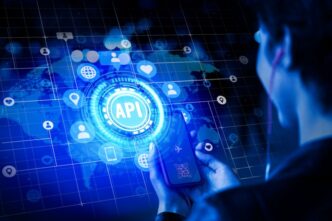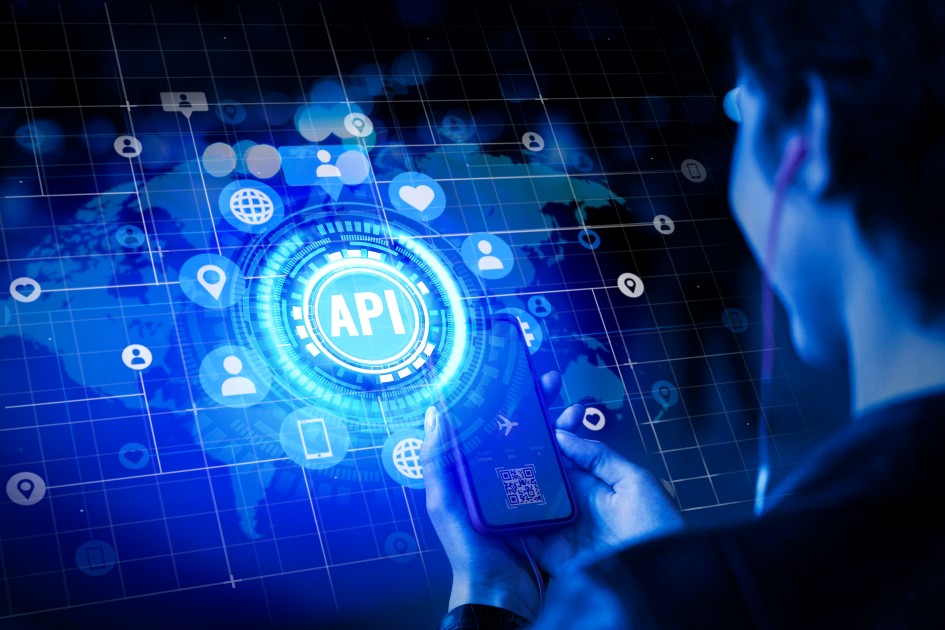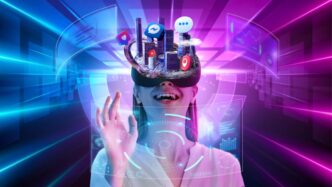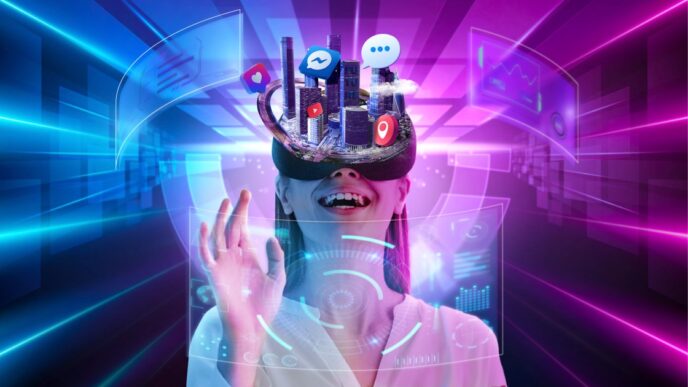Artificial Intelligence (AI) agents are becoming crucial for automating tasks, improving customer experiences, and streamlining workflows across various industries. Whether you’re a developer, researcher, or business professional, having the right tools can really make a difference in how effectively you create and manage AI agents. Let’s dive into the top 5 tools that can help you harness the power of AI agents.
1. Lang Chain – Building Context-Aware Agents
LangChain stands out as one of the leading frameworks for developing AI agents. It enables developers to link large language models (LLMs) with external data sources, APIs, and memory components, which enhances the agents’ ability to understand context and reason. Thanks to its modular design, LangChain allows for quick prototyping and deployment, making it a favorite for AI-driven applications like chatbots, knowledge assistants, and workflow automation.
2. Auto Gen – Multi-Agent Collaboration
AutoGen is all about creating multi-agent systems where several AI agents can work together and communicate effectively. This tool shines in complex tasks such as code generation, research, or decision-making, where having specialized agents collaborate can lead to better outcomes. With its built-in support for conversational interfaces and seamless integration with LLMs, AutoGen empowers developers to craft intricate agent workflows without starting from scratch.
3. Crew AI – Orchestrating AI Workflows
CrewAI makes it easy to coordinate multiple agents to function as a cohesive team. Developers can assign specific roles to each agent, managing them like a “crew” that tackles different aspects of a task. This approach is particularly beneficial for project management, research, and content creation workflows. Plus, its user-friendly interface allows non-technical users to explore multi-agent systems while still providing advanced customization options for developers.
4. Open AI Gym – Testing with Simulations
When it comes to testing and training reinforcement learning (RL) agents, OpenAI Gym truly stands out as the gold standard. It offers a diverse array of simulated environments, ranging from simple games to complex robotics, which allows developers to see how agents learn and adapt in ever-changing settings. With its standardized benchmarks, OpenAI Gym makes it easy for researchers and developers to compare models fairly and fine-tune their agents effectively.
5. Hugging Face Transformers – Pretrained Models and Deployment
Hugging Face has emerged as a central hub for AI development, boasting an extensive library of pretrained models. The Transformers library provides developers with access to cutting-edge LLMs and NLP tools, simplifying the process of building and deploying agents without the need to start from scratch. Plus, with Hugging Face’s Inference API and Spaces platform, deployment and testing become a breeze, making it one of the top resources for getting AI agents into production.
In conclusion, selecting the right tool hinges on your project’s objectives whether you’re looking to create intricate multi-agent systems, deploy agents with real-world capabilities, or test them in controlled environments. Frameworks like Lang Chain and Auto Gen are perfect for crafting intelligent workflows, while Open AI Gym is all about testing, and Hugging Face offers ready-to-use models for deployment. By blending these tools together, developers can speed up the journey from concept to fully functional AI agents.













